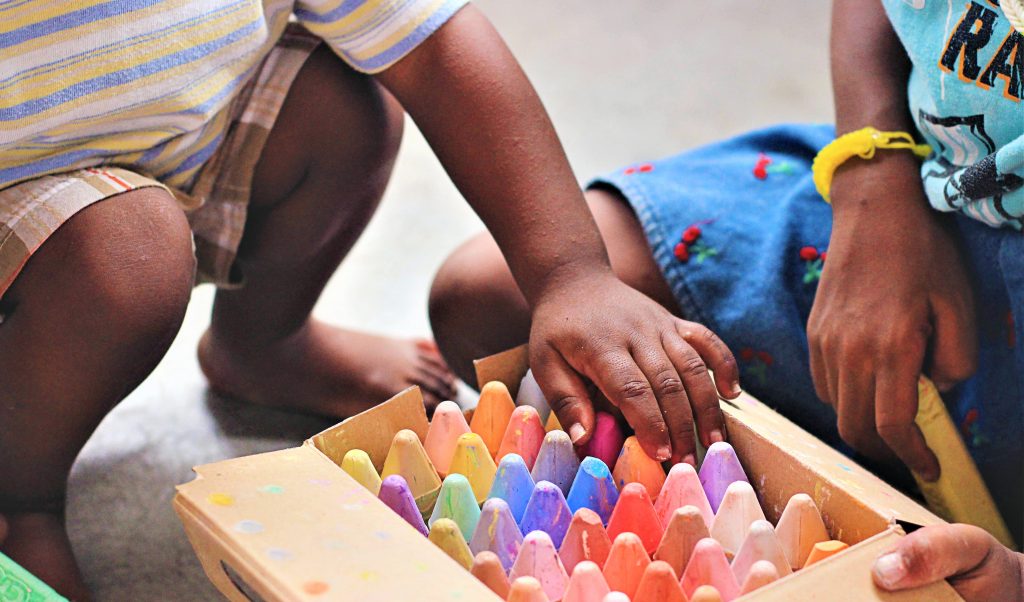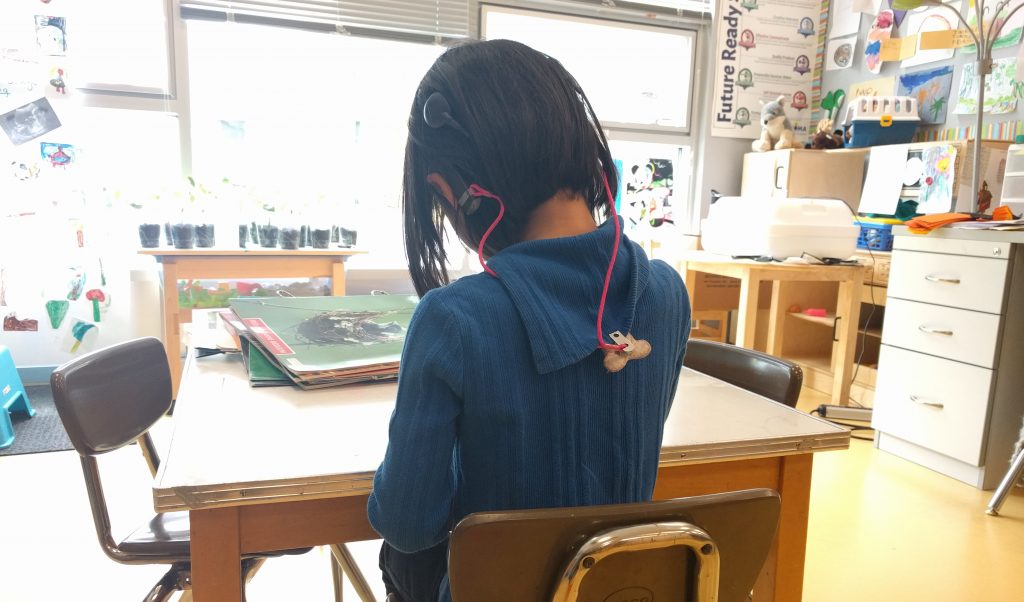Child Health Begins at Home
Simple changes can have big impact

I’m a bit passionate about children’s health. Well, actually, I’m a lot passionate about kids’ health. I have 2 daughters. Both had a rough entry into life, putting them at greater risk for chronic illness and adverse effects related to chemicals in their environment.
Fortunately, because I am a proactive seeker of health (necessitated by an autoimmune diagnosis in my childhood), my girls caught a break. Our home and personal care routine is relatively low in toxic man-made chemicals. The benefit of that can be seen in these Beauties’ health today.
My daughters are thriving young ladies free from behavior disorders, allergies and other chronic illnesses. My youngest, who is deaf in addition to her rough start to life, continues to close the developmental gap every year with the help of Speech and Education professionals who support her learning. She’s flourishing in her general education kindergarten class this year.
I’m so proud of these girls, my girls, who have overcome a lot at an age that is otherwise all about fun and being free from the worries of life. Allergies, pain and anxiety used to burden our days, but no longer. Toxins at home could have delayed or inhibited their healing altogether. Thankfully, that wasn’t an obstacle to their progress. Their success tells me that the choices we make at home can not only help children thrive, but have the power to undo damage already done.

You see, environmental toxins associated with regular cleaning and personal care products, can have profound effects on developing children – both their physical health as well as mental health and behavior.
Children are at greater risk when it comes to toxins
WebMD reported in 2010 that ”Chronic childhood health problems such as obesity, asthma, and learning and behavioral problems are on the rise, more than doubling over a 12-year period.” Yes, I realize that was 8 years ago. But no one is seeing this getting any better. If anything, it is more common for kids to take medication at school, sit at an “allergen-free” table at lunch, or need behavioral intervention.
Dr. Mercola, a leading natural health expert, says that chronic childhood diseases linked to environmental toxins costs the U.S. $55 billion annually. That doesn’t include the emotional cost a family experiences when their child receives a diagnosis or when their child generally can’t participate normally in everyday life. Toxins are costly to people. Especially to kids.
What happens to kids in utero and in childhood set them up for health or sickness later in life. Toxins they are exposed to have a profound effect for several reasons.
Children “experience greater exposure to chemicals pound-for-pound than adults, and have an immature and porous blood-brain barrier, which allows greater chemical exposures to reach their developing brain.
Children also have lower levels of some chemical-binding proteins, according to EWG, which allows more of a chemical to reach their organs, while systems that detoxify and excrete chemicals in adults are not fully developed. These factors, coupled with the fact that a child will be around for 80 years or more, allows more than enough time for chemicals to do their damage signals a major challenge for kids born today.
Experts believe rising rates of birth defects, asthma, neuro-developmental disorders and other serious diseases in U.S. children are a result of these early chemical exposures.” Read more on this from Dr. Mercola here.
How Many Toxins are in Your Child’s Blood?
In a 2005 study, the Environmental Working Group detected 287 chemicals in umbilical cord blood. 180 cause cancer in humans or animals. 217 are toxic to the brain and nervous system, and 208 cause birth defects or abnormal development in animal tests. Unfortunately, the dangers of pre- or post-natal exposure to this cocktail of carcinogens, developmental toxins and neurotoxins have yet to be studied. It’s hard to study something with so many variables, but we do know that chemicals can have a synergistic effect – having a greater impact together than individually, especially when it comes to more vulnerable children.
The sheer number of chemicals found in umbilical cord blood represents exposure even before the child takes their first breath. Ouch! That’s not what any of us want for our kids.
Simplify the Change, It Begins at Home
So what can we do about this? Reduce exposure to man-made chemicals at home. One of the simplest ways to change this is to change how you clean your house and what you put on your body and on your child’s body.
Adolescent girls participating in the Hermosa Intervention Study reduced their urinary output of phthalates, parabens and triclosan (endocrine disrupting chemicals) by 27-45% in just 3 days by using safer personal care products. Small change can make a big different quickly!
Even if you don’t have children, the chemicals you use off-gas to pregnant women and children around you. And if you hope to have children one day, you can get started on giving them the best in life by removing toxins from your environment today.
Be the Change for Children’s Health. We all want our home to be a safe and nurturing environment. Removing everyday toxins doesn’t have to be difficult. In fact, it’s getting easier every day. There are simple things you can do to protect your children and promote a long life – using safe cleaning and personal care products is an important part of this.
If you’d like a personal guide to help you find and keep safer products at your fingertips, check out my consultation service at www.LightenUpSimply.com. I empower you to make this life-giving change for your children. Why worry when you can do something about it right now?
